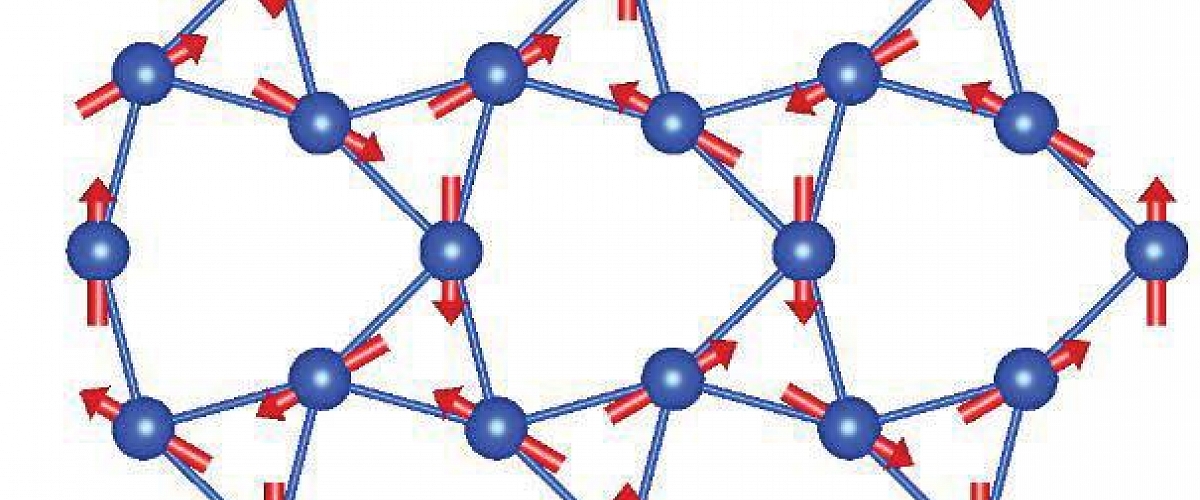
The computing programme “Jana” has connected the worlds of crystallography and excellent research in magnetism
At first sight, studies in magnetism and crystallography don't have much in common. But for certain types of magnetic substances, primarily those under low temperatures, we can observe periodic distribution of magnetic moments. In neutron diffraction record, this distribution will manifest itself in additional peaks from whose locations and intensities we can backtrack the orientation of magnetic moments. This is where both disciplines intersect.
The authors of the programme called Jana – in development by the FZU as a universal instrument for advanced crystallographic structure analysis – launched the implementation of the methods needed for the calculation of magnetic structures more than ten years ago. They worked in the competition of well known and globally used programmes, in particular FullProf, but they came up with an innovation: they introduced to the calculation an almost unused concept of magnetic symmetry, thus putting the rigorously crystallographic principle at the heart of the calculations. They took advantage of Jana's powerful tools to calculate modulated structures, twins and multiphases; they extended the concept of magnetic symmetry to superspace; they implemented an algorithm for symmetry analysis, and enabled a relatively simple calculation of modulated magnetic structures and the parallel calculation of magnetic and nuclear structures from various data sources. In the last few years, Jana has been extensively used by neutron source centres for the calculation of magnetic structures.
A work published Science in March 2020 shows that the development of crystallographic calculations also plays an important role in top physical research1. The article addresses the possibilities of the distribution of magnetic moments in the structure of the intermetallic HoAgGe crystal which – in terms of its structure – meets the requirements for frustrated planar distribution of magnetic moments in the so called Holmium atom kagome lattice. Although the researchers from the FZU made no contribution to either the preparation of substances or the concept of the article, the research work would have hardly come to fruition without their contribution to the calculation methods. In fact, all magnetic distribution models measured under various temperatures and intensities of the external magnetic field were obtained through the representation analysis and the refinement of magnetic structure using Jana2006. On the other hand, the experimental research of the magnetic structures resulted in further improvements of the programme. This valuable feedback has been the main driver of the development of the programme during its entire existence.
Literature:
[1] K. Zhao, H. Deng, H. Chen, K. A. Ross, V. Petříček, G. Günther, M. Russina, V. Hutanu, P. Gegenwart, Realization of the kagome spin ice state in a frustrated intermetallic compound, Science 367 (2020), 6483, 1218-1223.